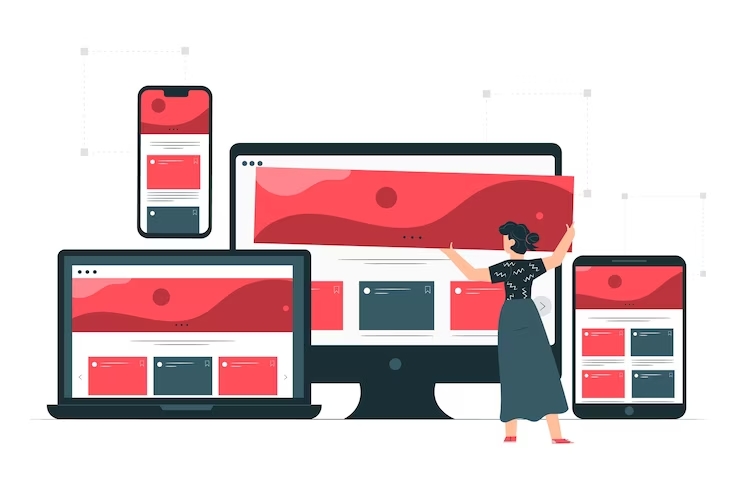Difference between website and web service?

In the field of web development, websites and web services are two fundamental concepts that serve distinct purposes. A website is a digital platform created for human interaction, where information, content, and services are presented in an aesthetically pleasing and user-friendly manner. Web developers focus on web design that visually appeals user interfaces, optimizing navigation, and ensuring responsive layouts to provide an engaging experience for visitors. On the other hand, web services are essential for enabling communication between different web development software applications.
A website is a digital platform accessible through the internet that serves as a collection of interconnected web pages. Users access websites using web browsers and can navigate through the pages by clicking on links or using menus.
A web service is a technological component of the internet that facilitates communication and data exchange between different software applications. These services play a vital role in enabling interoperability among diverse software platforms, making it possible for different applications to seamlessly share information and perform tasks without needing to understand the intricate details of each other's code.
A website and a web service are both components of the internet, but they serve different purposes and have distinct characteristics. Here's a breakdown of the key differences between the two:
Website
- Purpose:
- Content:
- Interaction:
- User Interface:
- Examples:
A website is primarily designed to provide information, content, and a user interface for visitors. It is typically meant for human consumption and interaction.
Websites contain various types of content such as text, images, videos, and interactive elements. They are structured to present information in a visually appealing and user-friendly manner.
Websites are primarily interactive on the client side, meaning the interaction happens in the user's web browser. Users can navigate through different pages, click on links, and interact with forms.
Websites focus on providing a user interface that's easy to understand and navigate. The design and layout are optimized for human interaction and readability.
Different types of websites include: news sites, blogs, e-commerce platforms, and personal portfolios.
Web Service
- Purpose:
- Data Exchange:
- Interoperability:
- Data Format:
- Examples:
A web service is designed to facilitate communication and data exchange between different software applications over the internet. It provides a way for different systems to interact and share data, often in a standardized format.
Web services operate by exposing APIs (Application Programming Interfaces) that allow other software to request specific functions or data. The communication between applications happens through these APIs.
Web services focus on enabling interoperability between different systems regardless of the technology stack they use. They're not necessarily designed for human interaction, although some web services might offer APIs that support user interfaces.
Web services commonly use standardized data formats such as XML or JSON to structure the data being exchanged between applications.
Examples of web services include payment gateways, weather data APIs, and social media APIs (which allow third-party applications to interact with social media platforms).
The key difference between a website and a web service lies in their purpose and functionality. A website is intended for human interaction, presenting content, and providing a user interface, while a web service is designed for machine-to-machine communication, enabling software applications to exchange data and perform specific tasks.
